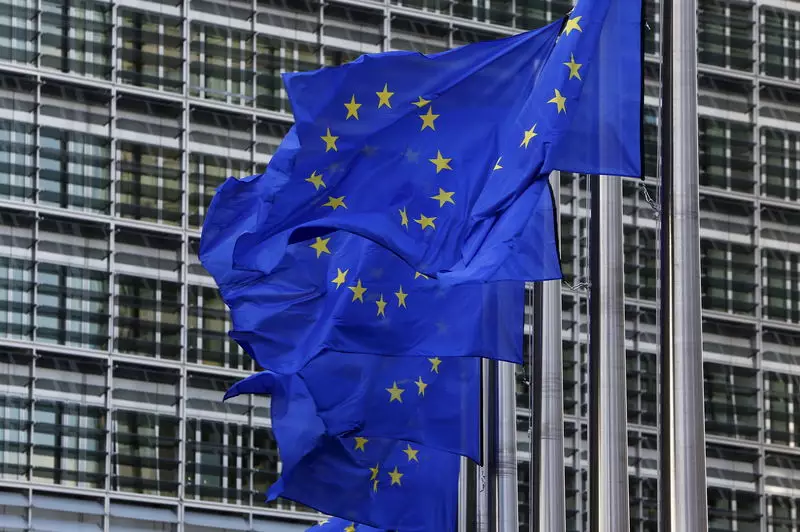The recently revamped European Union fiscal framework has sparked a debate among analysts at Bank of America Securities regarding its potential impact on critical investments within the bloc. The new rules, which came into effect on April 30, aim to constrain the budgets of member states in order to encourage responsible spending and reduce debt levels.
According to the European Central Bank, the high debt burdens carried by many European countries could hinder their ability to cope with external shocks, such as geopolitical tensions or rising interest rates. This vulnerability poses a threat to financial stability and could unsettle investors, especially with upcoming elections in the EU on the horizon.
One of the key concerns highlighted by the BofA analysts is that the revamped fiscal framework may limit the flexibility of national fiscal policies, particularly in areas deemed as critical investments for the region. This includes sectors such as green energy, defense, and digitalization, where significant gaps in funding exist.
The analysts pointed out that the investment gap in strategic areas is likely to persist at the EU-wide level, as national governments struggle to allocate resources effectively under the new rules. They suggested that “more Europe” should step in to fill the void left by constrained national budgets, but acknowledged that political barriers may impede this process.
In light of potential geopolitical events, such as U.S. elections, the analysts raised the possibility of accelerated action to address the investment shortfall. However, they emphasized the need for a coordinated approach at the EU level to bridge the gap and ensure continued progress in critical sectors.
While the revamped EU fiscal framework aims to promote fiscal discipline and reduce debt levels, it also poses challenges for critical investments in key sectors. As policymakers navigate these constraints, finding a balance between fiscal responsibility and strategic investments will be crucial for the economic prosperity of the region in the long term.


Leave a Reply